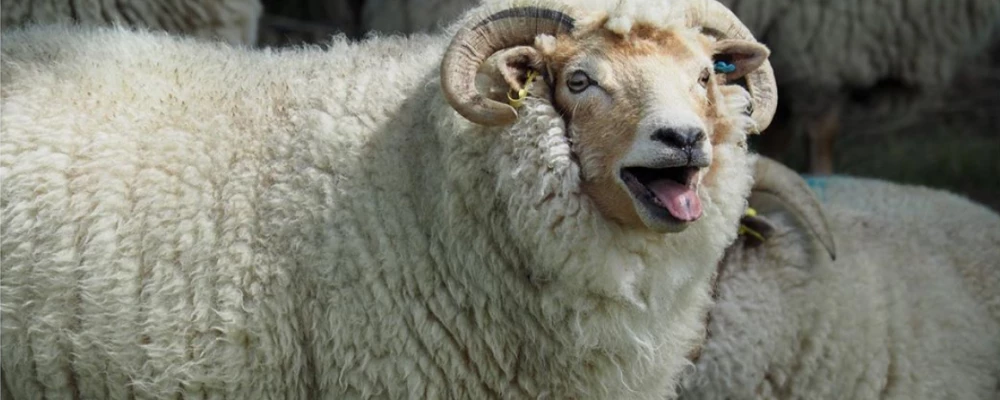
Building A British Fibreshed And Its Benefit For Fashion
"Fibershed develops regional and regenerative fiber systems on behalf of independent working producers, by expanding opportunities to implement carbon farming, forming catalytic foundations to rebuild regional manufacturing, and through connecting end-users to farms and ranches through public education." [Fibershed]
The project began in 2010 with a commitment by its founder, Rebecca Burgess, to develop and wear a prototype wardrobe whose dyes, fibres and labour were sourced from a region no larger than 150 miles from the project’s headquarters. The model has grown across California, with affiliate programs overseas including a few in the UK.
The first to be founded was the South West England Fibreshed, with a community of businesses and individuals from Bristol, Cornwall, Devon, Dorset, Gloucestershire, Somerset and Wiltshire. South East England is up and coming, led by 500 acre biodynamic Plaw Hatch Farm farm farmer Gala Bailey Barker. North West England Fibreshed is now also on the way.
But what is the benefit of a localised, regenerative production community for the farmers, makers and further on in the fashion supply chain? Why should you as a designer or brand care about what the Fibreshed model is?
"The day that we can buy a fully UK grown and manufactured wool sweater, or linen t-shirt in a high street shop is a long way ahead, but the movement to achieve this is gaining momentum fast."
We checked in with South West England Fibreshed founder Emma Hague to find out.
Emma is the founder/director of Bristol Textile Quarter and one of the co-founders behind the Bristol Cloth project. She is also a co-founder of Awamaki, a Peruvian NGO that works with communities of indigenous Quechua women to develop local and vertically-integrated systems of artisanal textile and garment production, and previously a consultant working internationally across public and private sectors in voluntary sustainability standards and responsible supply chains related to natural resource commodities and materials.
Along with Laura Griffin, a freelance seamstress and pattern cutter in Bristol who represents the new generation of ethical designers keen to connect locally.
As we learnt from the Bristol Cloth project, when Babs joined us for our online panel discussion, it is possible to create a product that is soil-to-soil. The benefit to this type of structure as with cradle-to-cradle in normal product design, the product is nourishing from beginning to end, something that traditional fashion production is in no way. Our discarded clothing is left to rot in landfill, and so aside from the knowledge exchange and improvement in local systems, the Fibreshed models encourage production in a regenerative rather than degenerative manner.
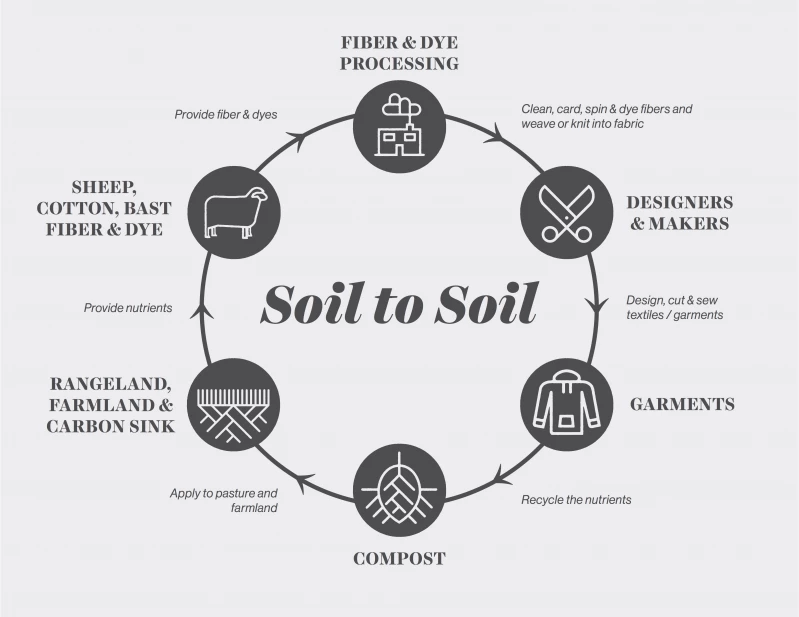
How would you explain the Fibreshed model to someone?
The Fibreshed model maps out a bioregional approach for fibres and fashion, which stipulates that clothes within a designated geographical area known as a ‘fibreshed’ area are made using local fibres, local dyes and local labour in ecologically and socially-just systems of production.
Why was a South West England Fibershed initiated?
I founded it after having worked for five years in Peru, developing what was essentially a Fibreshed initiative in a small area of the Andes - I just didn't know it then! We networked communities of fibre farmers with artisan spinners, dyers, knitters and weavers to create a vertically integrated system of textile and garment production that almost entirely took place within a 50 mile radius.
Coming back to Somerset, a traditional area of woollen textile production, I was struck by how far our systems had been removed from the community-led, ground-up type model I was working with in Peru, and shocked to understand more about the UK wool industry and the obstacles that sheep farmers faced to turn their fleece into something of textile value. It seemed obvious that we needed an alternative model to help harness this incredible, and renewable natural resource.
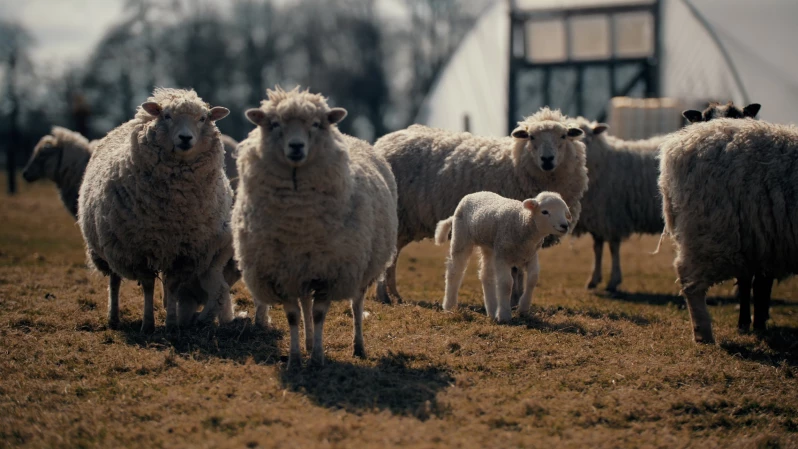
Is there anything particularly different about the land in the South West that lends itself well to this type of regenerative model?
Any land can be improved with a regenerative farming system, however the South West is interesting because it has historically been one of the UK's most important regions both for wool production, and for wool processing.
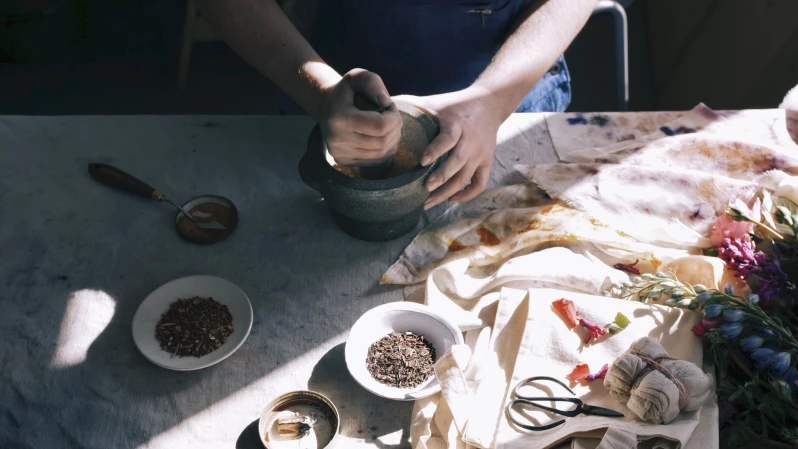
What would be the overall benefit of a Fibershed?
The overall benefit would be a network of designers, fibre processors and fibre farmers, as well as the required regional, decentralised infrastructure, to make homegrown and manufactured clothing a commercial viability once more. Consumers would be better connected to their landscapes through the clothes they wear, and the land itself would benefit from the positive impacts brought about by regenerative farming systems, which produce animal fibres (wool, alpaca, silk) as well as plant fibres (linen, hemp, nettle) and plant dyes.
Do you have a membership scheme like the California Fibershed whereby makers can involve themselves? What are the benefits?
Yes we have a membership scheme for the South West currently, for businesses and individuals who meet the relevant criteria. Members currently receive the benefits listed below, while also having the opportunity to shape how the SWE Fibreshed develops in the future. Fibreshed is a ground-up initiative, so participation in it requires a willingness to be part of the conversation about how it develops and grows, rather than passive recipient of benefits.
- Inclusion in the Fibreshed Producer Map, including business bio, contact information and links to your social media.
- Inclusion of your upcoming Fibreshed-shed events / workshops on our calendar of events
- Opportunity to participate in monthly virtual meet-ups as well as face-to-face meet-ups and events across the South West
- [PENDING] South West England Fibreshed Certified Producer logo for web and print – tags and signs are a great way to communicate to customers commitment to working within our bioregion. We have seen a growing number of customers looking for locally grown materials, and Fibreshed tags are a great way to verify your work.
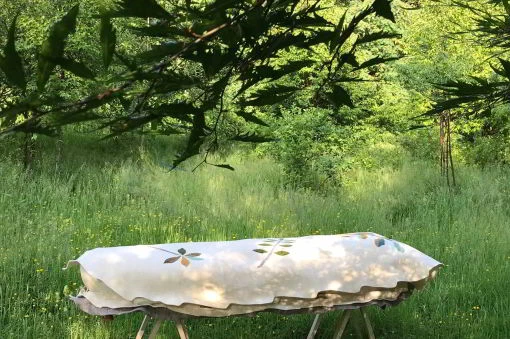
How do the businesses and artisans collaborate? Do you have a marketplace to share stories?
I'm not sure of the difference here between businesses and artisans? An important function of Fibreshed is to provide opportunities for e.g. designers to meet farmers, and vice versa, to be able to understand more about each others' work and to co-create. We facilitate this for our members at the moment, and have also conducted e.g. farm visits for designers to be able to visit a sheep farm to learn more directly from shepherds.
Note: it's really lovely that Emma picked up on there not being a difference between businesses and artisans. For this question it was more about segmenting 'makers' and 'service providers', however, Emma is right in that all are businesses. This is something Jenny Hulme mentioned when discussing People Tree's work with artisan producers in India, that they are also business owners so it is in their interest to be advocates for their creations.
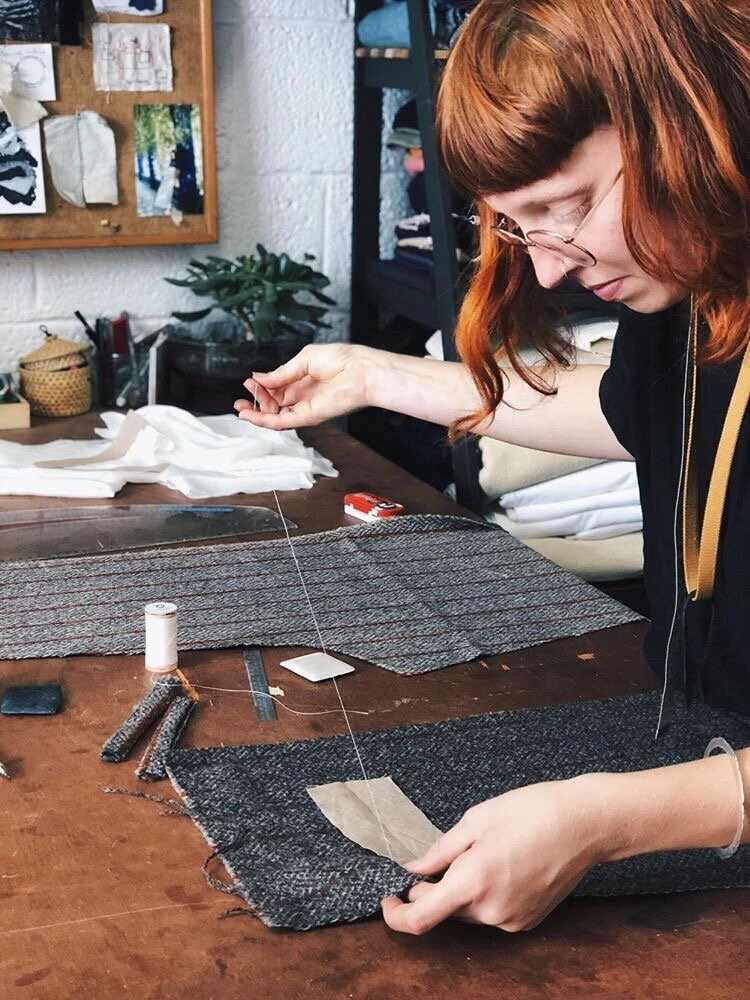
Are there any parts of production you currently have to outsource?
The UK has a big bottleneck around fibre processing, so although we have mills in the South West it is not always possible, or viable, for SW businesses to use them due to lead times, specific services offered, minimum volumes, or price. There is also very limited infrastructure and materials available for natural dyeing fibres and textiles in large volumes.

Is there a place for locally and regeneratively produced clothing in the wider fashion world?
Yes - just as there is no place for fast fashion in the future. Climate crisis, XR, COVID and Black Lives Matter have all brought into sharp focus the problems and issues that arise from being dependent on a globalised industrial economy, which have led to severe ecological and social imbalances. Recent consumer trend surveys during the pandemic have demonstrated a big shift in consumer behaviour towards shopping more locally and more ethically, and placing higher value on products made responsibly - including clothing.
The [fashion] industry alike is recognising that a 'business as usual' approach cannot continue. In fact, there is increasing awareness that we need to go beyond sustainability, as something that maintains the status quo, to ways of working that are regenerative instead; creating net positive impact and continuously improving our land, resources and relationships.
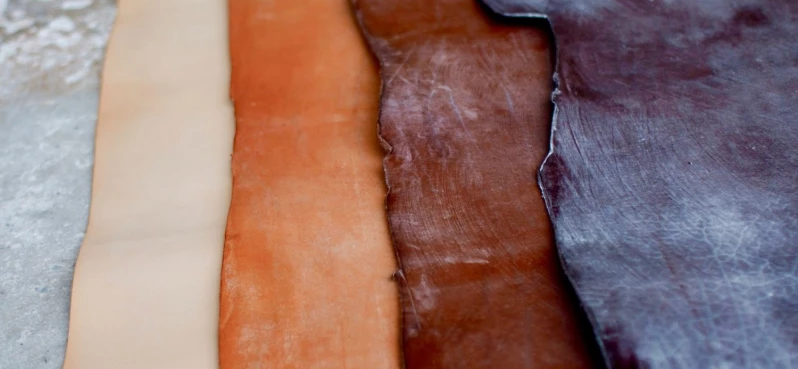
What should the fashion production and/or consumers know when it comes to locally produced materials?
Provenance of materials should be interrogated. Items might be marked as British when they have only been manufactured/processed here, with raw materials sourced from elsewhere, for example. Consumers and industry professionals serious about ethical sourcing should educate themselves more about our farming systems, ideally direct from those who work in them, through systems such as Fibreshed. And be prepared to be patient!
Our homegrown industry has been so devalued and undermined over the years by the introduction of synthetic fibres and the offshoring of much of our industry, that it won't be rebuilt in a day. The day that we can buy a fully UK grown and manufactured wool sweater, or linen t-shirt in a high street shop is a long way ahead, but the movement to achieve this is gaining momentum fast.
It is important to note that we also recognise there will always be commodities which will never be viable to produce in the UK, in which case global systems will always play some kind of a role. What is exciting is that Fibreshed is now inspiring affiliate programs in some of our traditional offshore manufacturing centres e.g. India, so the hope is that one day we will have a global, but transparent and regenerative 'glocal' network for fibre and fashion production.
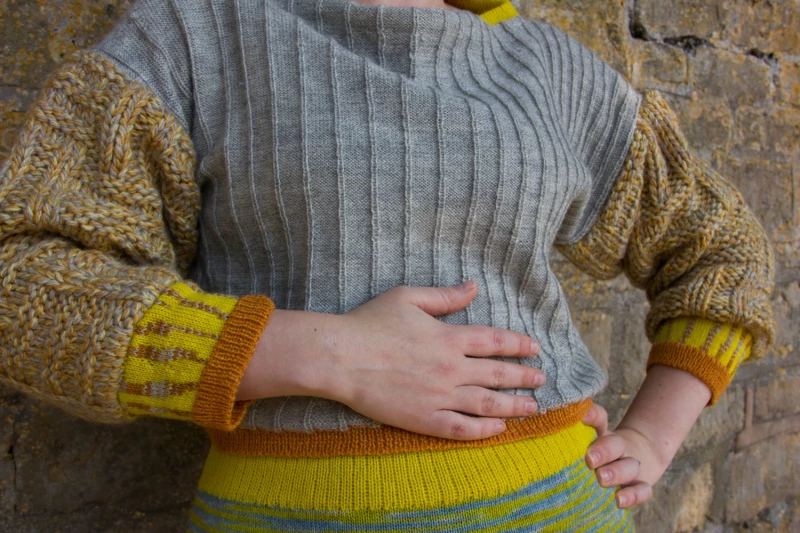
See the full producer directory here.
Main blog image: rare breed sheep on Loopy Ewes farm. Katie shepherds the sheep, had the fleece processed in Cornwall, then hand-powered machine knitted into her designs at her home.
